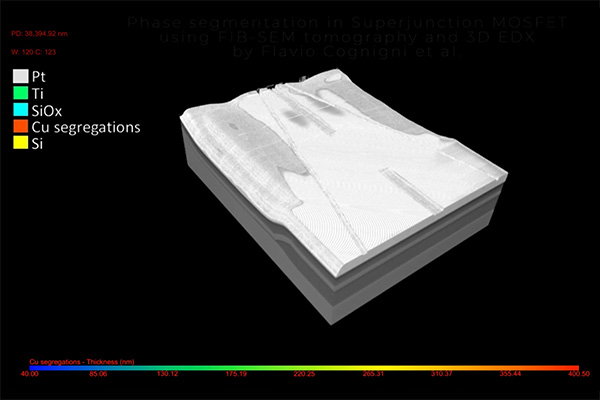
The Research Center on Nanotechnology Applied to Engineering (CNIS), Sapienza University of Rome is pleased to announce that the video, 'Phase Segmentation in Superjunction MOSFET using FIB-SEM tomography and 3D EDX,' has been awarded the 1st prize at the esteemed International Symposium for Testing and Failure Analysis - ISTFA 2023 Video Contest. The recognition highlights the depth and significance of the research paper presented at the conference by Dr. Flavio Cognigni, titled ‘A Multiscale and Multimodal Correlative Microscopy Workflow to Characterize Copper Segregations Identified in Epitaxial Layer of Power MOSFETs.’
This collaborative effort was enriched by the expertise and collaboration of Carl Zeiss Microscopy, Oberkochen, and STMicroelectronics, Catania. The invaluable contributions of these partners played a crucial role in bringing this project to fruition and achieving such great recognition.

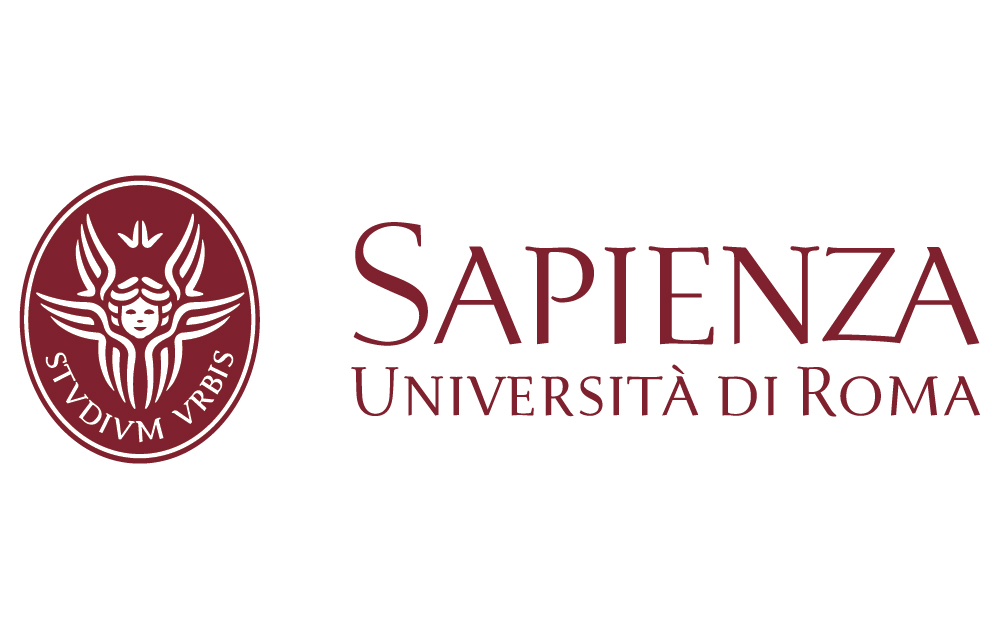


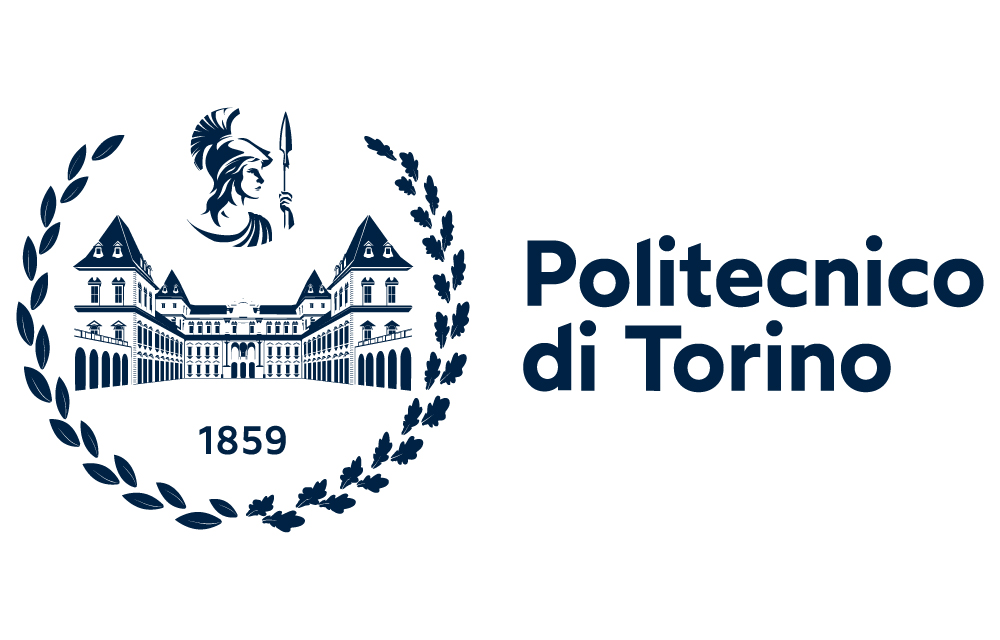
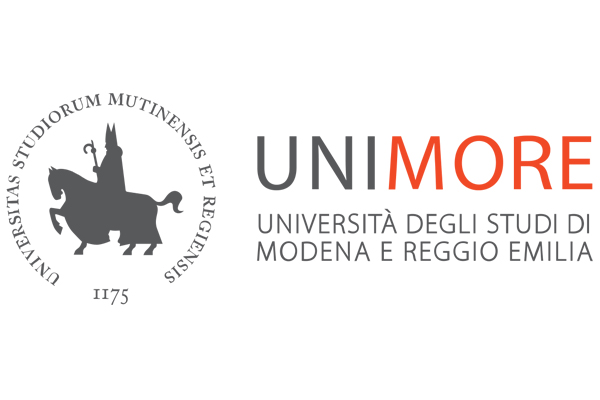
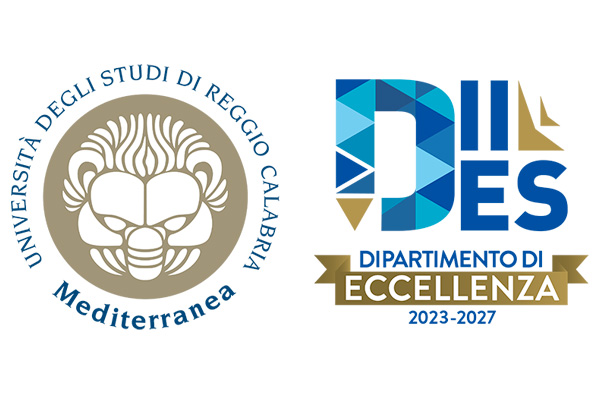
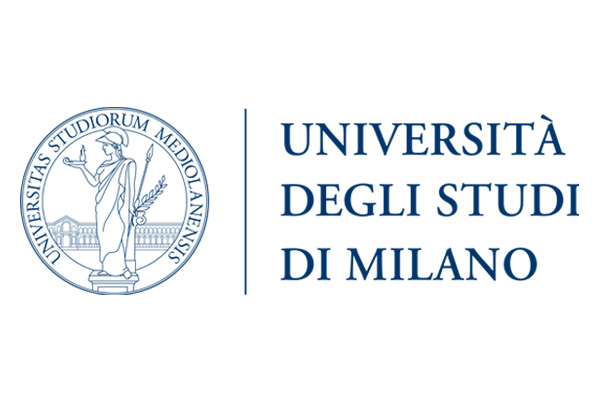


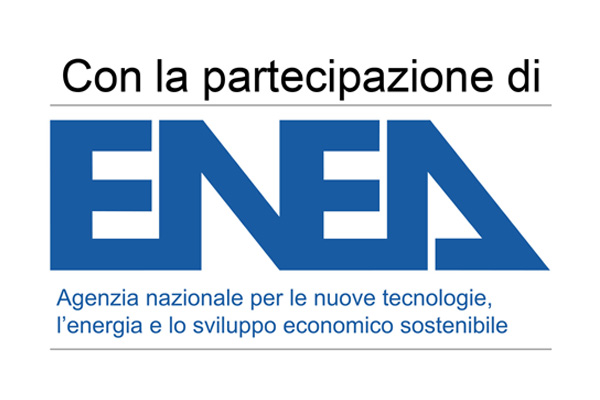
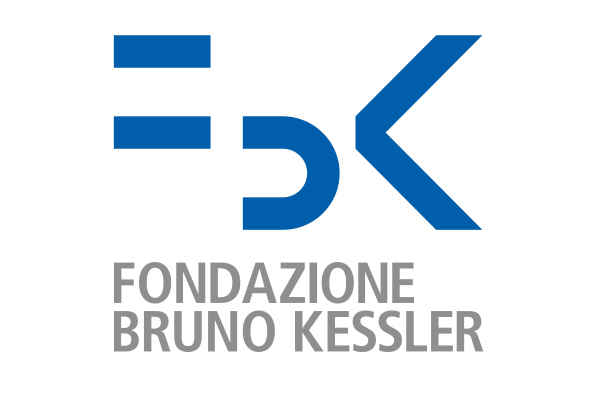

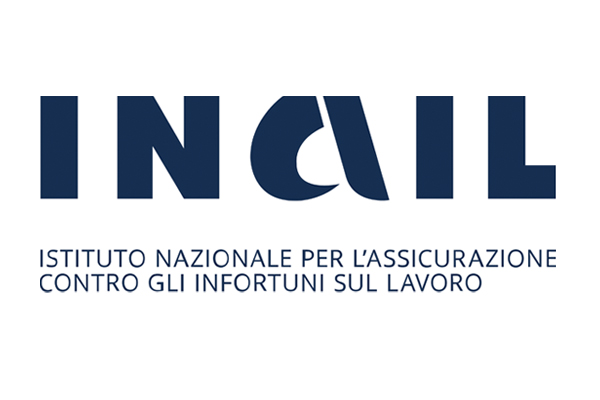
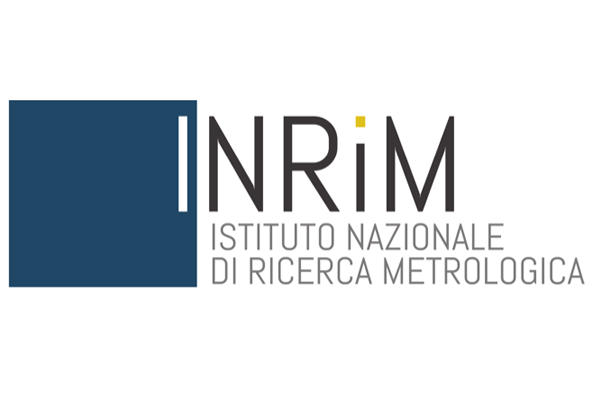
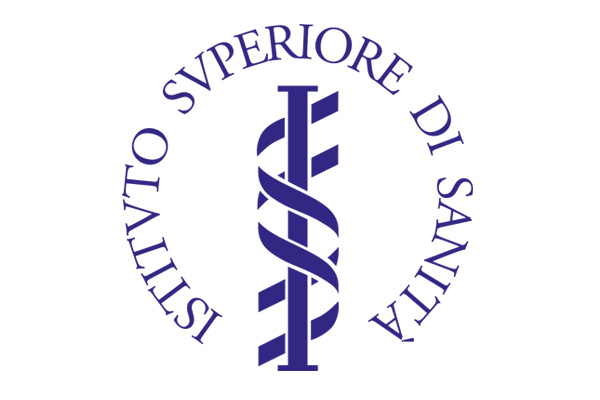
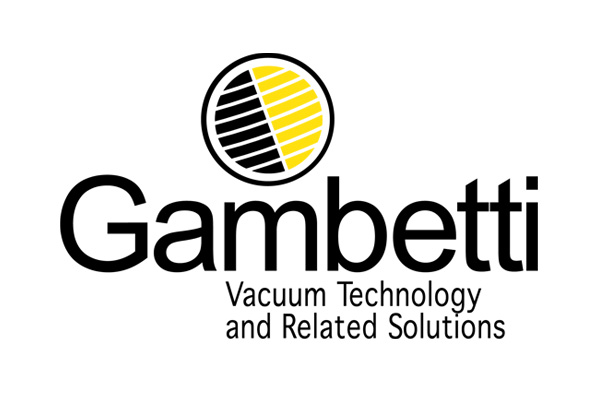

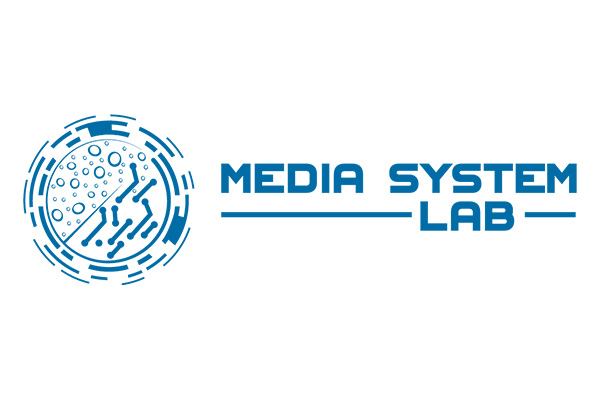

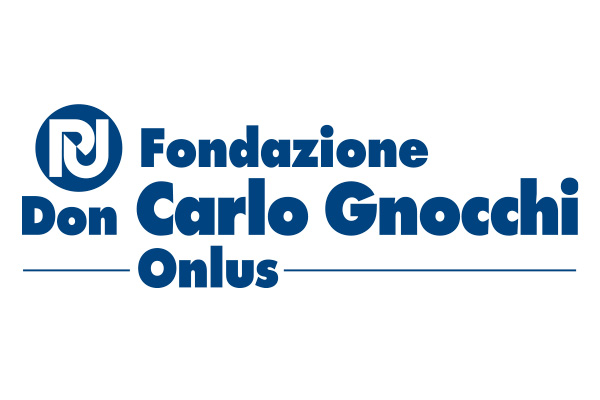


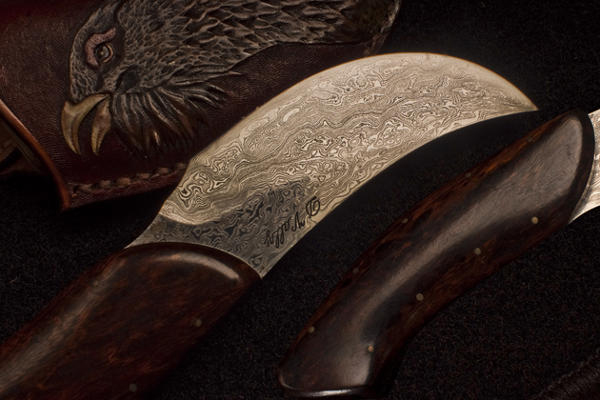
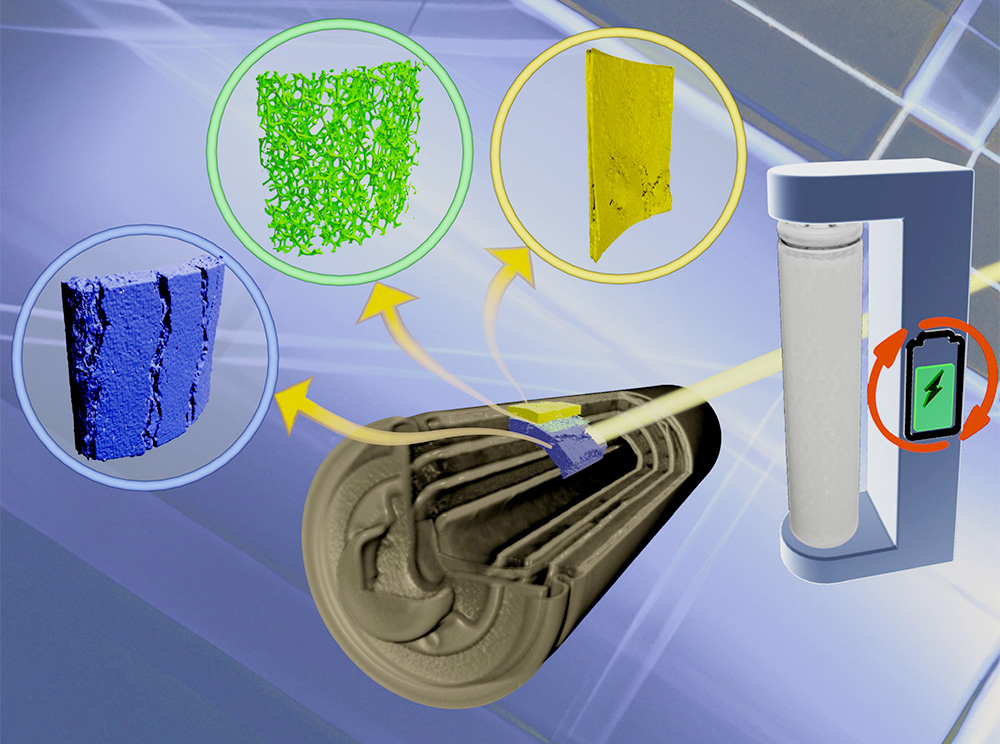 The leading scientific journal "ChemElectroChem" dedicates the cover of its n. 7 issue to a research entitled "X-Ray Microscopy: A Non-Destructive Multi-Scale Imaging to Study the Inner Workings of Batteries," carried out as part of the iENTRANCE project, at the new CNIS laboratories in Sapienza. Authors: Dr. Flavio Cognigni, Professor Mauro Pasquali, Dr. Francesca Anna Scaramuzzo, and Professor Marco Rossi of ICI-SBAI.
The leading scientific journal "ChemElectroChem" dedicates the cover of its n. 7 issue to a research entitled "X-Ray Microscopy: A Non-Destructive Multi-Scale Imaging to Study the Inner Workings of Batteries," carried out as part of the iENTRANCE project, at the new CNIS laboratories in Sapienza. Authors: Dr. Flavio Cognigni, Professor Mauro Pasquali, Dr. Francesca Anna Scaramuzzo, and Professor Marco Rossi of ICI-SBAI.